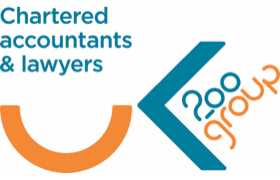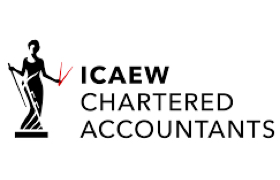R&D tax relief schemes set to merge, raising concerns for some
- 14th December 2023
The UK government's plan to merge the two existing research and development (R&D) tax relief schemes into a single framework has raised concerns, particularly regarding the impact on smaller businesses and loss-making firms. The newly created scheme will be similar to the R&D expenditure credit currently claimed mainly by large companies.
Although the merger will remove the complexities when companies move between schemes, there will invariably be some who will notably lose out as a result of the changes.
The merged scheme and other changes will apply to accounting periods beginning on or after 1 April 2024.
R&D expenditure credit (RDEC)
Along with a deduction for the R&D expenditure itself, the RDEC provides for a 20% standalone credit. Since the credit is taxable, it is worth £15,000 for every £100,000 spent on R&D assuming the main rate of corporation tax applies.
- For loss-making companies, the expenditure credit can lead to a repayment.
- When calculating the repayment, the notional tax rate applied will in the future be the profit rate of corporation tax of 19%.
If not used to reduce the current year’s corporation tax liability, the expenditure credit – before any alternative use – is capped according to the amount of PAYE and national insurance contributions paid for R&D workers. In the future, a more generous cap from the SME scheme will be used.
R&D-intensive SMEs
Despite the merger, loss-making R&D-intensive small or medium-sized enterprises (SMEs) will still be able to claim a 14.5% repayable credit under the existing SME scheme.
- Given there is an 86% uplift, this works out to a cash repayment of £26,970 for every £100,000 of qualifying R&D expenditure.
- R&D intensity is calculated as the proportion of an SME’s qualifying R&D expenditure compared to total spending. The intensity threshold is to be reduced from 40% to 30%.
Also, a one-year grace period will be introduced for companies that fall below the 30% threshold.
HMRC’s guide to the RDEC as it currently applies can be found here.
R&D tax credits
Any news or resources within this section should not be relied upon with regards to figures or data referred to as legislative and policy changes may have occurred.



